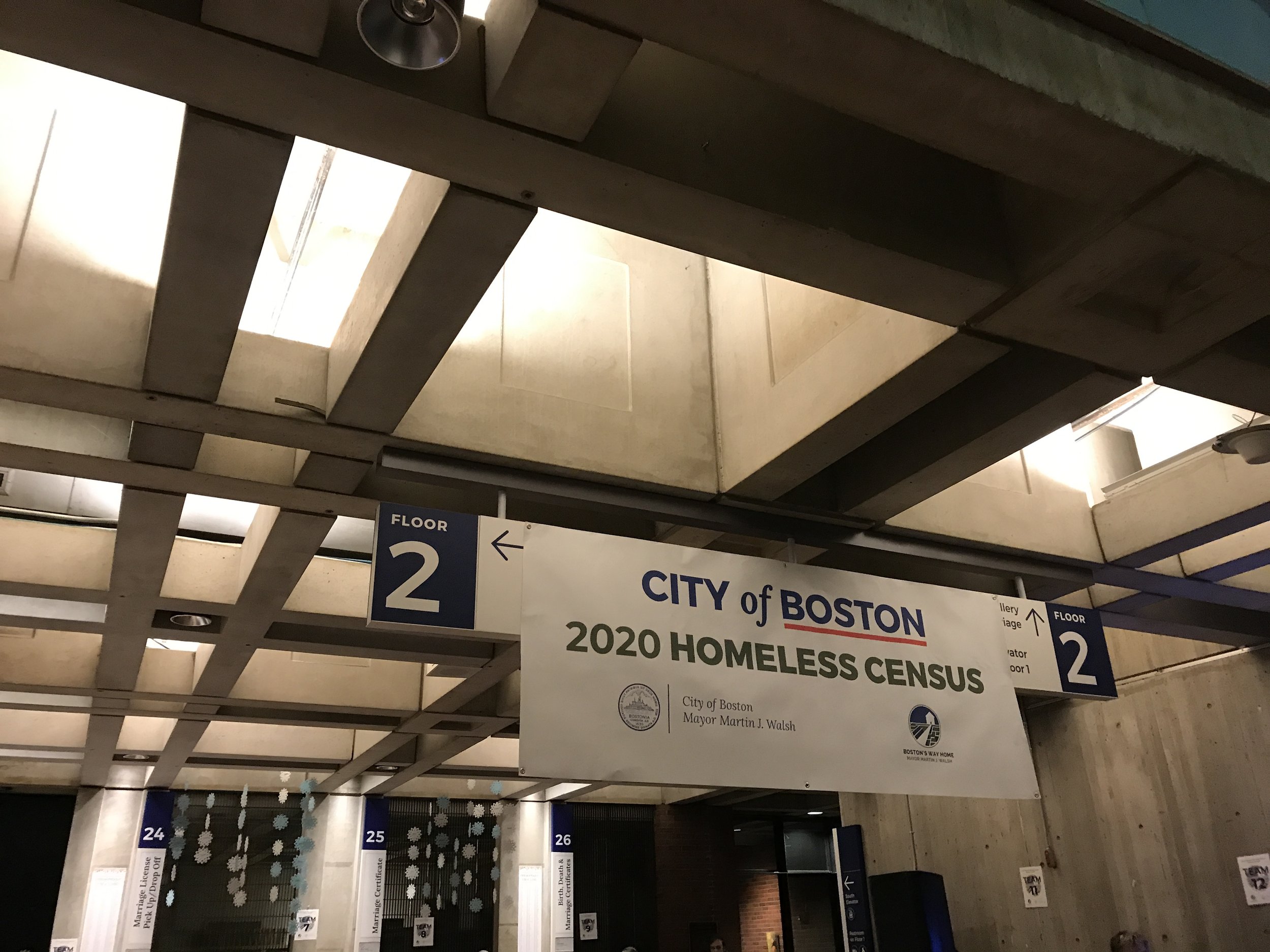BACKGROUND TO THE PROJECT
I’m an addiction medicine and primary care doctor in one part of my life. That’s what first brought me to Mass/Cass.
And of course the story is partly about addiction and drugs; and love, violence, hope, defeat, trauma, and a lot of other human things. You can’t understand the city story without understanding those individual stories.
But this is a story about a city—and indirectly, a lot of cities.
Many wealthy cities in the United States have struggled in the last decade about how to respond to street homelessness and drug use. Often the public debates center around either-or questions: Order or chaos? Cruelty or compassion? Is drug use a crime issue or a health issue?
As a doctor, you’d think I’d see everything as a health issue. But actually, as a doctor, I became very clear on the limits of what I could do to make people’s lives better. As an addiction treatment worker, I got lots of examples of the limits of what drug treatment could do to change the city’s landscape. Working with hundreds of people coming out of jail over the years, I knew that just incarcerating people wasn’t going to change it either.
Over the years, I only became less and less certain what the “solution” was—especially since it’s hard for people to even agree on how to define the problem.
I was more sure, though, that a lot of the debate about homelessness and public drug use these days should actually include a different conversation. About land use. Zoning. And real estate.
In cities where land is cheap, a lot of drug use takes place behind closed doors, or in vacant lots, or abandoned buildings. Places where no one is keeping track—or at least, no one who has big influence in city politics.
In cities where land is expensive, though, there aren’t many vacant lots unclaimed by developers. There aren’t many abandoned buildings—most get fixed up and sold. As each square foot of land costs more and more, there are fewer and fewer pieces of land where no one is keeping track; fewer places where people can tuck themselves away.
Urban planners talk about this as “infill”—part of how cities are being revitalized. Health researchers have shown that when vacant lots get cleaned up, the health of the neighbors improves.
But when the vacant lot gets turned into an apartment building… what happens to the people who were in that vacant lot using drugs?
When a police department responds to a neighborhood’s frustrations by successfully moving the drug trade off the corner… where do the drug sellers go?
When an area of the city gets “cleared”, the people who get cleared out, generally go somewhere else.
As Boston began filling in the blank spots—building on the prior vacant areas, rehabbing old houses, building new buildings where old ones had been—that “somewhere else” was Mass/Cass.
There are reasons that a particular “somewhere else” emerges. Policies and practices of city management, some deliberate and some not, determine the places where people on the street are expected to go. The zone partly evolved from what was there over many decades prior. But something new happened in this ten years. And I want to find out: why?
And why in that spot?
And what does this have in common with other cities?
How did this particular area of Boston become the drug zone? Who made it that way, and who kept it that way? What was it like for the people who regularly spent time in that zone, or lived on its streets?
Maybe most interestingly: on the policy and politics side, why did a wide range of people who disagreed about lots of things, cooperate in setting up or influencing the growth of this zone?
And why did the same wide range of people, many of them now even more bitterly disagreeing with each other, all seem to more or less agree that it had to be shut down in 2023?
And what comes next?
Different cities have done this differently. But many cities have pursued versions of a containment strategy. As a way of keeping the peace—sort of. In talking to people about Mass/Cass and its trajectory over this time period, almost everyone describes failures. But everyone has a different explanation of what failed, and why.
For ten years, I worked in this area as a doctor. (I still do.) Now I’m looking it in a new way as a writer, and as someone interested in cities. I want to know more about why cities make the choices they do. I want to find out what happens as a result of those choices—and how those choices affect people’s lives.
A temporary sign at Boston City Hall announces “City of Boston 2020 Homeless Census”

